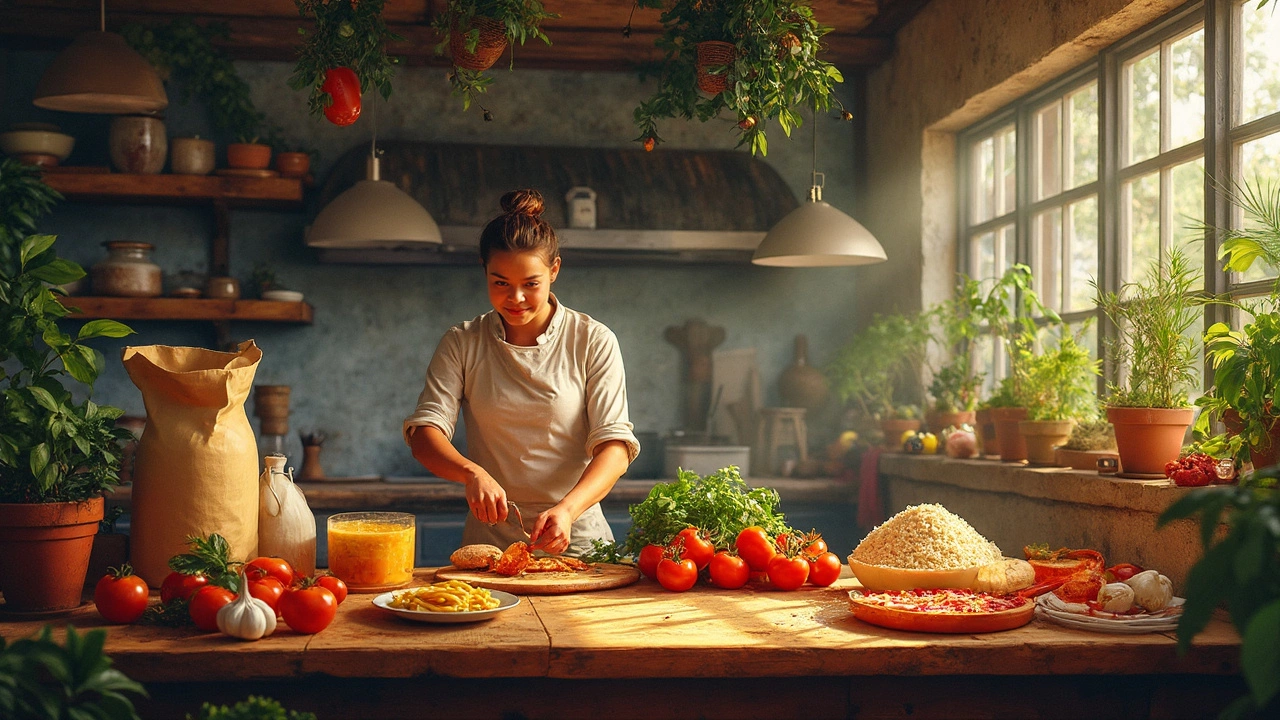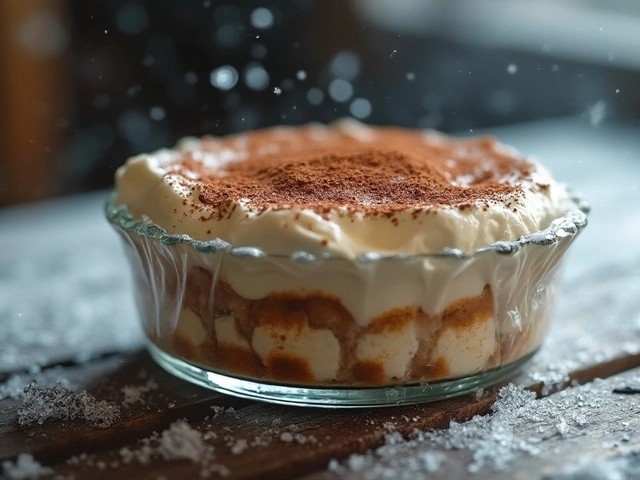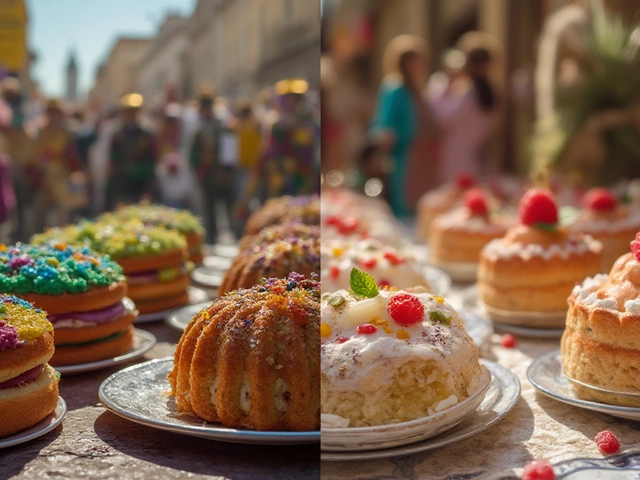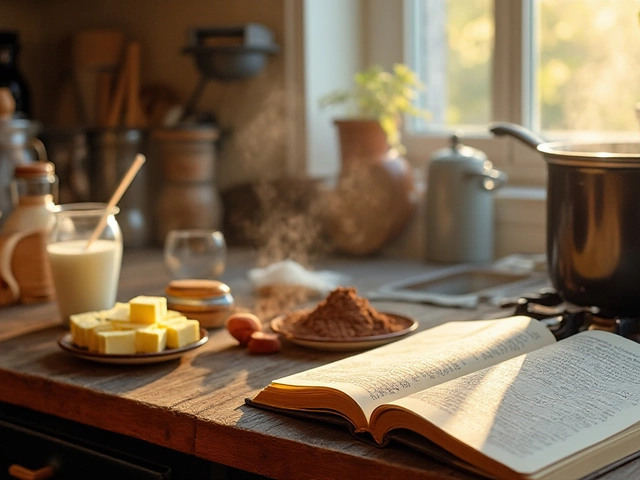Culinary Heritage: Discover Classic Desserts and Their Stories
If you love sweets, you’re probably curious about where they began. Knowing a dessert’s backstory makes every bite feel richer. In this guide we’ll look at a few iconic treats, why they matter, and how you can bring their tradition into your own kitchen.
Origins of Beloved Desserts
Take tiramisu, for example. The name means “pick me up” in Italian, a nod to its coffee‑laden layers that give you a gentle lift. It first appeared in the Veneto region after World War II, blending mascarpone, espresso, and cocoa. Knowing this helps you respect the balance of bitter coffee and sweet cream when you make it.
Another classic is the cannoli, a Sicilian pastry that dates back to the Arab rule of the island. The crunchy tube was originally a way to preserve sweets during long trips. Today, you fill the shells with sweetened ricotta, orange zest, and chocolate chips – a nod to its historic roots.
Ever wonder why chocolate cake is the world’s most eaten cake? It’s simple: chocolate’s deep flavor pairs well with any occasion, and the recipe can be tweaked for everything from dense fudgy layers to light sponges. This universal appeal has turned chocolate cake into a cultural staple across continents.
How to Bring Heritage Recipes Into Your Kitchen
Start with the basics: use authentic ingredients. For tiramisu, choose real espresso and high‑quality mascarpone; cheap substitutes will mute the flavor. When you bake cannoli shells, a hot oil temperature of 350°F ensures a golden crunch without oiliness.
Adjust for altitude if needed. Fudge, for instance, can become grainy if you boil it too long. Keep the temperature in the soft‑ball range (235–240°F) and you’ll get smooth, creamy results every time.
Store your heritage desserts properly. Brownies stay fresh longer when wrapped in foil and kept in an airtight container. This prevents them from drying out and keeps that fudgy center intact.
Finally, don’t be afraid to put a personal twist on tradition. Add a splash of orange liqueur to tiramisu or sprinkle sea salt on chocolate cake for a modern touch. The key is to respect the original flavors while making the recipe yours.
By learning the stories behind these sweets and mastering a few simple techniques, you’ll turn everyday baking into a celebration of culinary heritage. Grab your mixing bowl, pick a classic, and start creating history in your own kitchen.

Italian Foods That Found a Home in Brazil: From Tiramisu to Pasta
Italian food is a big deal in Brazil, but where did those classic dishes come from? This article digs into the main Italian foods brought over by immigrants and how they've shaped Brazilian cuisine. You'll find out how recipes got local twists, why tiramisu isn't just a dessert, and some fun stories from real kitchens. Plus, there are tips on how to spot authentic Italian flavors the next time you eat out or cook at home. Get ready to understand why Italian influence goes way beyond pizza and spaghetti.
View More




